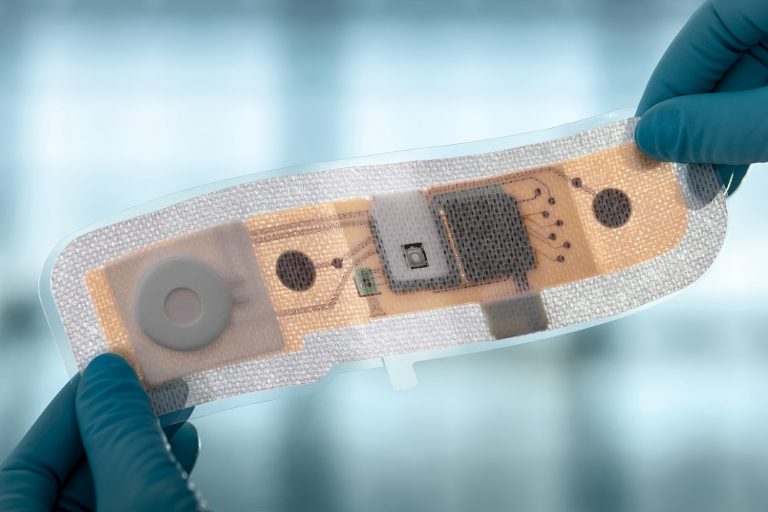A team led by the Fraunhofer Institute for Interfacial Engineering and Biotechnology (IGB) has developed a promising non-invasive diagnostic approach for early detection of pancreatic cancer, potentially marking a breakthrough in precision oncology. Pancreatic carcinoma—accounting for approximately 2–3% of all malignancies—remains one of the most lethal cancers due to its late presentation and aggressive metastasis. Unlike cancers such as breast or colon, no routine screening exists today, leaving a significant gap in early detection and treatment.
The new method harnesses high-throughput next-generation sequencing (NGS) to analyze cell-free tumor DNA (cfDNA) circulating in blood plasma. Following a routine blood draw, the plasma is isolated, and cfDNA extracted. Embedded tumor-derived DNA fragments are then analyzed for specific methylation patterns—biochemical DNA modifications distinguishing malignant from healthy tissue—via bioinformatic algorithms. “Because degenerated tumor cells shed DNA into blood, a biopsy of the pancreas becomes unnecessary. A simple sample from the arm is sufficient,” explains Dr. Kai Sohn, head of the In-vitro Diagnostics division at Fraunhofer IGB.
In collaboration with Universitätsklinikum Erlangen under Prof. Dr. med. Georg Weber, the team conducted a proof-of-concept clinical study. Their findings indicate that the method can not only distinguish between healthy individuals and patients with gastrointestinal tumors but can also differentiate pancreatic carcinoma from non-malignant pancreatitis—an initially similar yet clinically distinct condition. In some cases, even early non-malignant stages were accurately identified based on specific methylation signatures. This suggests the potential both to reduce false positives and improve diagnostic accuracy—a critical advantage given the high risks and low success rates associated with late-stage pancreatic cancer.
Following these promising results, Sohn and his team are launching multicenter validation studies, aiming to gather patient samples from diverse clinical settings and advance the method toward routine clinical application. The approach aligns with broader medical efforts to deploy liquid biopsies and biomarker-based technologies for early cancer detection. Oncology reviews highlight the urgent need for such diagnostics, given the near-absent screening options, the prevalence of late-stage diagnosis, and the promise—but as yet limited validation—of ‘omics’-based liquid-biopsy approaches.
EMO 2025, scheduled for September 22–26, 2025 in Hannover, is the premier global trade fair for production technology and manufacturing excellence. While this novel diagnostic method targets medicine rather than industrial production, its underlying technologies—miniaturized sampling, high-throughput sequencing, algorithmic pattern detection, and automation for scalability—mirror key trends in smart manufacturing and precision measurement. Attendees invested in Industry 4.0, digital transformation, and bio-manufacturing will find affinities in the fair’s Sustainability & Future Technologies and Digital Health & Life Sciences sectors. These zones often showcase data-driven diagnostics, lab automation systems, and high-precision sensor technologies—parallels to Fraunhofer IGB’s cfDNA analysis platform. Visitors exploring the convergence of real-time analytics, automated sampling, and decision-support systems—whether for factory floors or medical diagnostics—may draw valuable insights from Fraunhofer’s approach.
Title photo from Pixabay
< Back to Health, Medical Equipment
> Here is one of the places where the issuer of a news item is branded.
> Tap buttons or logos to be redirected to the issuers profiles or pages.






